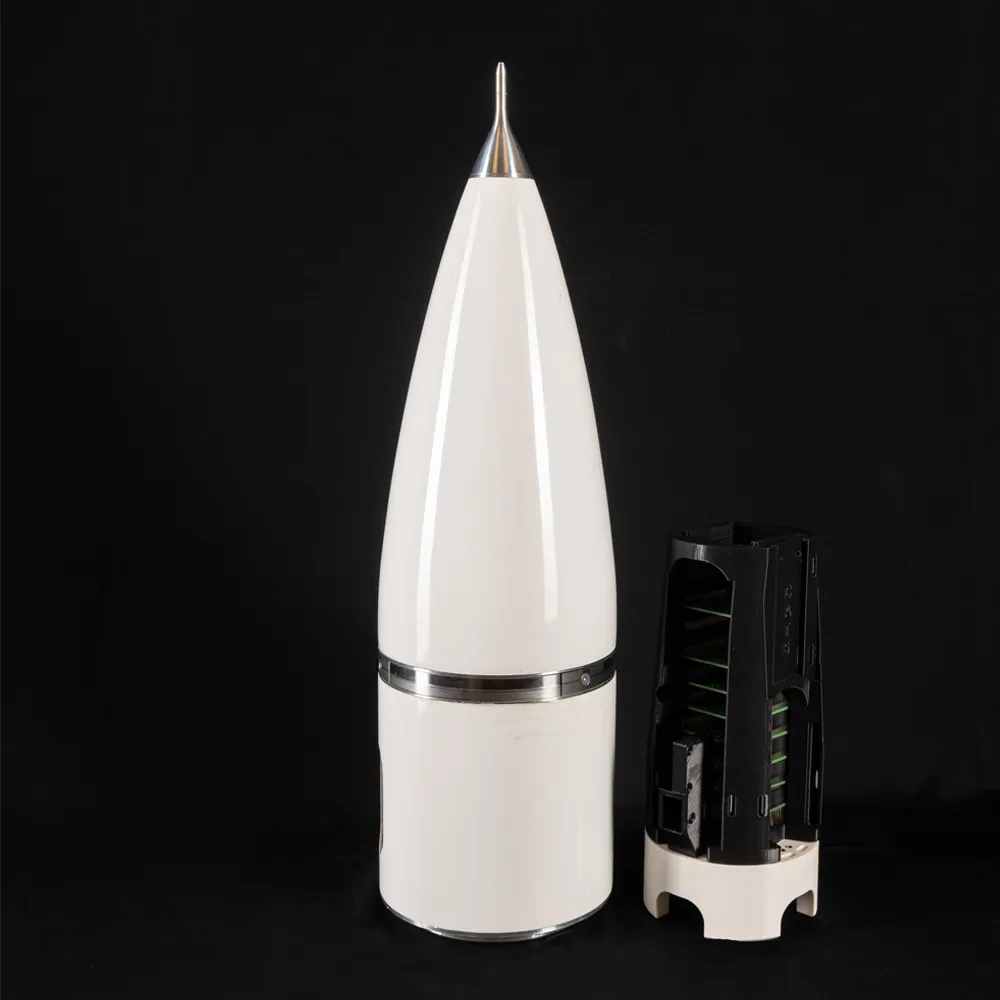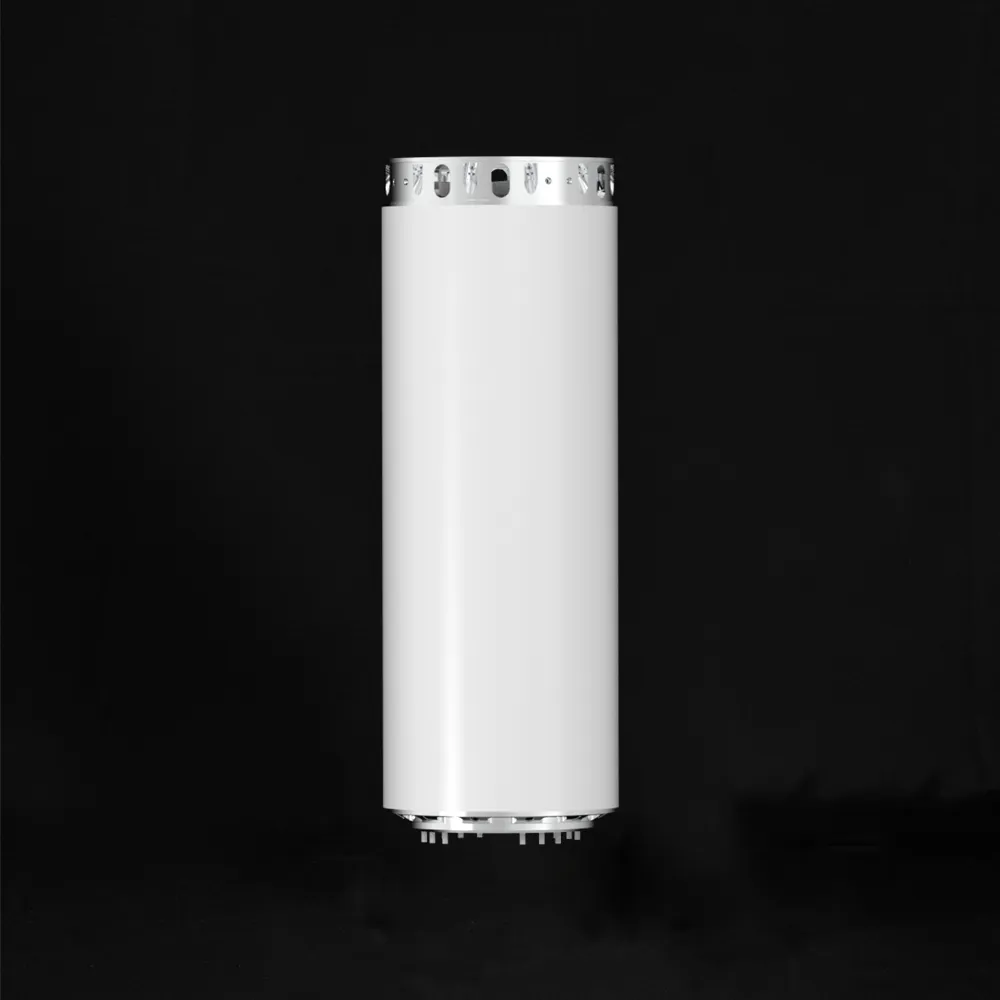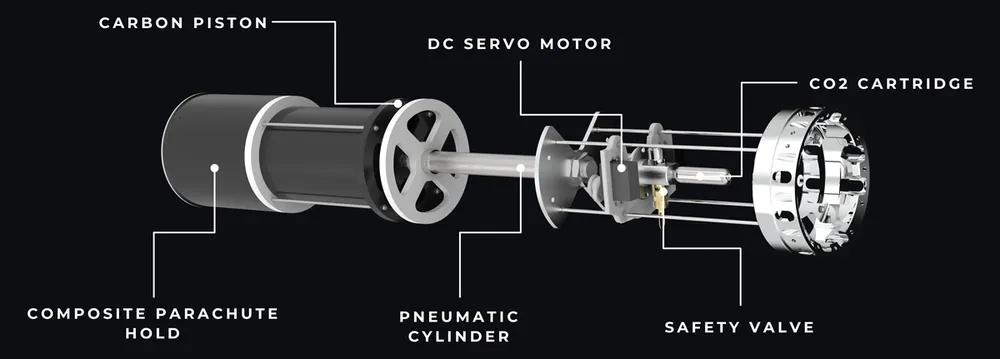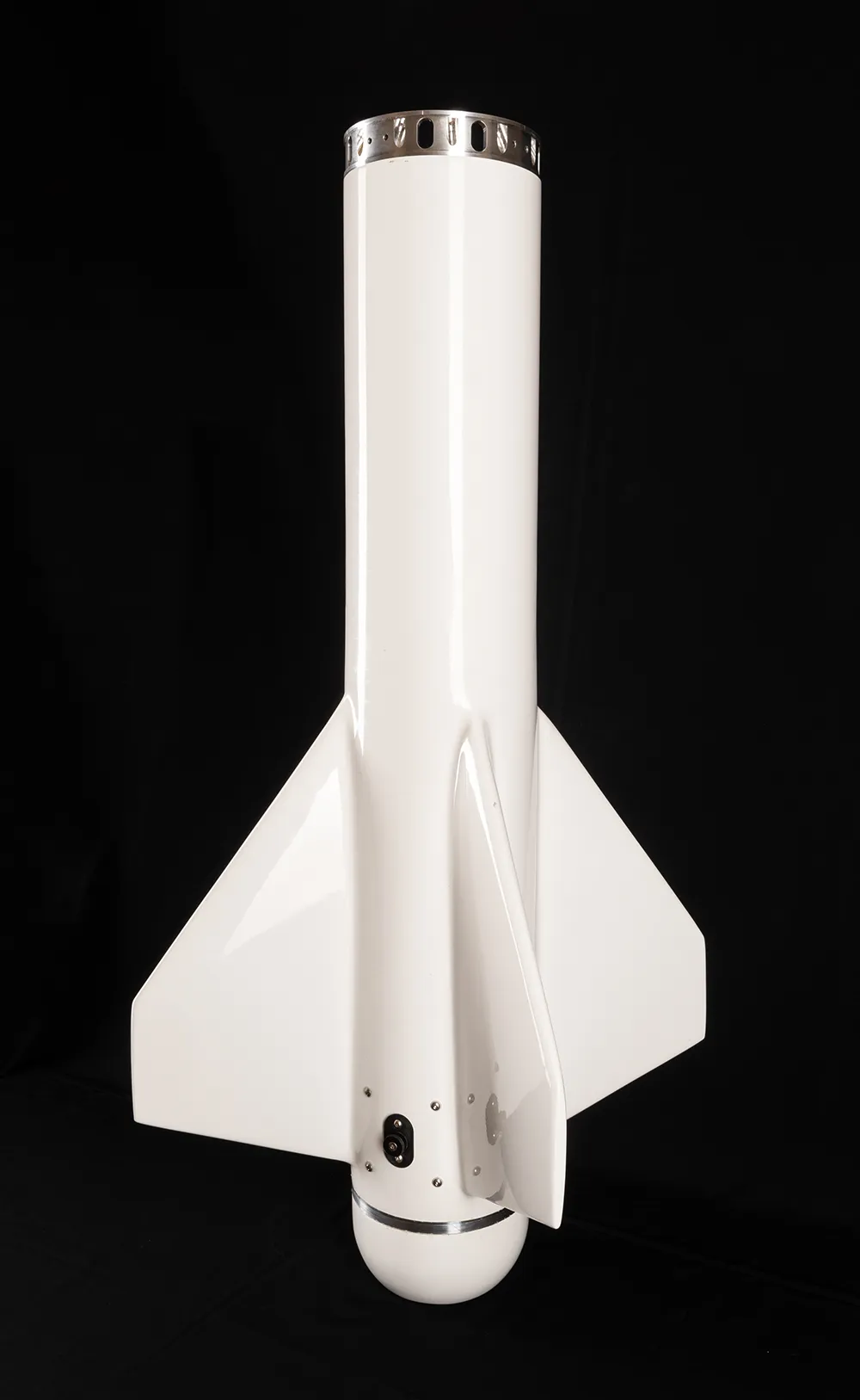
Prometheus powered by evosoft, the latest member of the Prometheus family successfully launched at the European Rocketry Challenge 2024, reaching an apogee of 3,242 meters.

3.2 m
Length
3,000 m
Apogee
32 kg
Dry Mass




Our strategic partner, evosoft, has greatly contributed to the successful launch of Prometheus.

Prometheus was designed as a modular rocket. The use of RadAx joints allows sections to be easily swapped out, making it a versatile platform for future projects.
The sections are made of lightweight composite materials, such as carbon fiber and fiberglass, to ensure a high strength-to-weight ratio.
With the current configuration, Prometheus is capable of reaching an apogee of 6,000 meters carrying up to 3 kg of payload.
In the future, we plan to develop new sections, such as an airbrake section, to further expand the rocket's capabilities.
Nosecone & Avionics
The nosecone is designed to house the Avionics stack.
The Avionics stack is responsible for real-time communication with the ground station, performing various measurements, and also for the deployment of the recovery system.
A Pitot-static tube is mounted on the nosecone to measure the airspeed of the rocket during flight.

Payload section
The payload section is designed to house up to 3U of CubeSats, with a total mass of 3 kg.


Recovery section
A two-stage recovery system is used to safely return the rocket to the ground, consisting of a drogue chute and a main chute.
The drogue chute is deployed at apogee to stabilize the rocket and reduce its descent speed, while the main chute is deployed at a lower altitude to slow the rocket down for a soft landing.
A pneumatic system is responsible for the separation and the deployment of chutes.



Propulsion section
The propulsion section includes a replacable tailcone, allowing it to facilitate different models of solid rocket motors.
The fins are optimised for a subsonic speed range, providing stability during the rocket's ascent.
In the near future, we hope to fly Prometheus with our self-designed and manufactured solid rocket motor, named Project Kratos.





Csapatunk a Nemzeti Tehetség Program keretében, „A hazai tehetséges magyar fiatalok nemzetközi versenyeken, valamint a Magyarországot képviselő tanulók, csapatok diákolimpiákon és világversenyeken való részvételének támogatása” (NTP-NTMV-24) című alprogramban támogatást nyert.
A pályázatot a Kulturális és Innovációs Minisztérium támogatja, a megítélt támogatás összege 4.000.000 Ft.
A támogatás célja a 2024-es EuRoC versenyre való felkészülés és kiutazás biztosítása, a program időszaka: 2024.10.06. – 2025.10.18.



